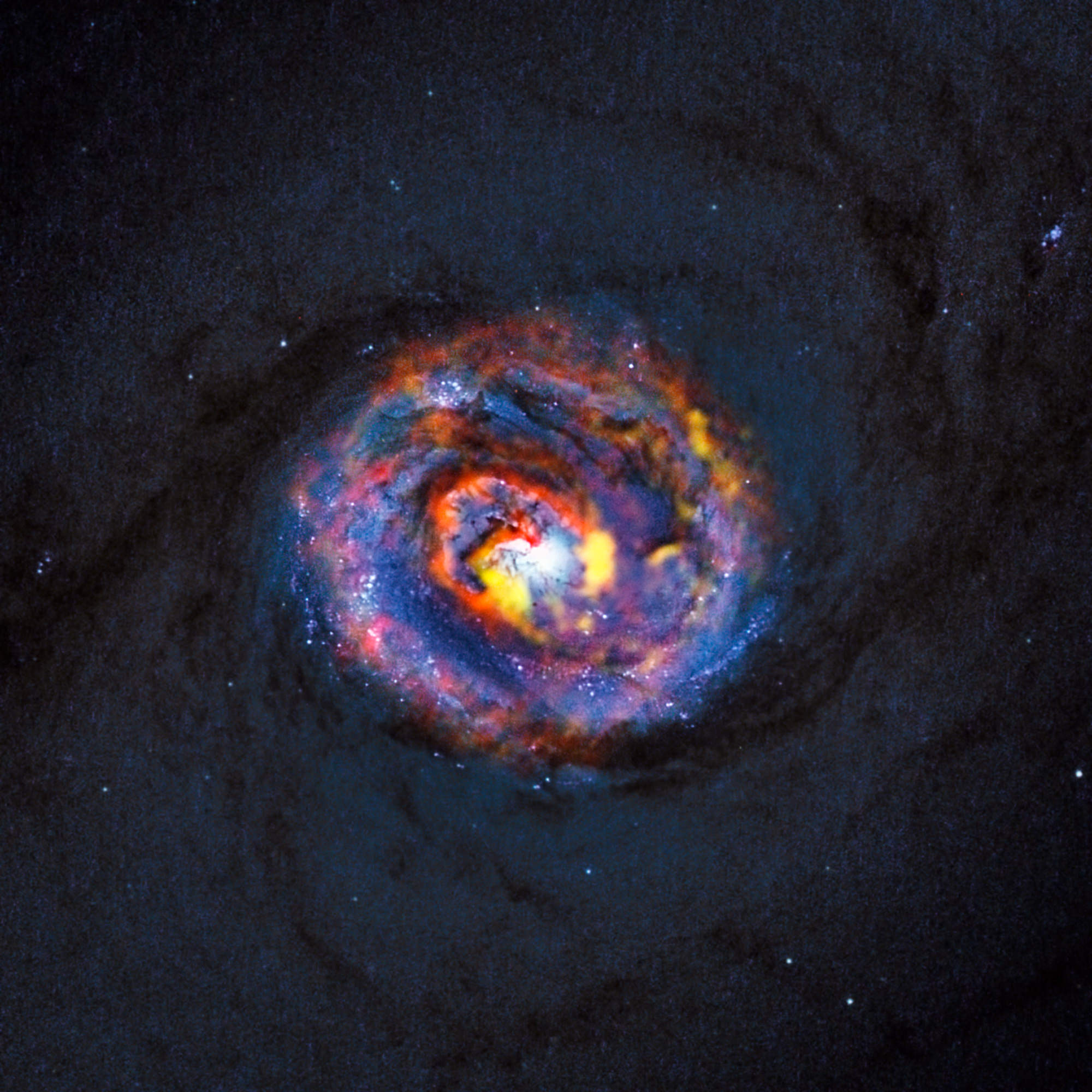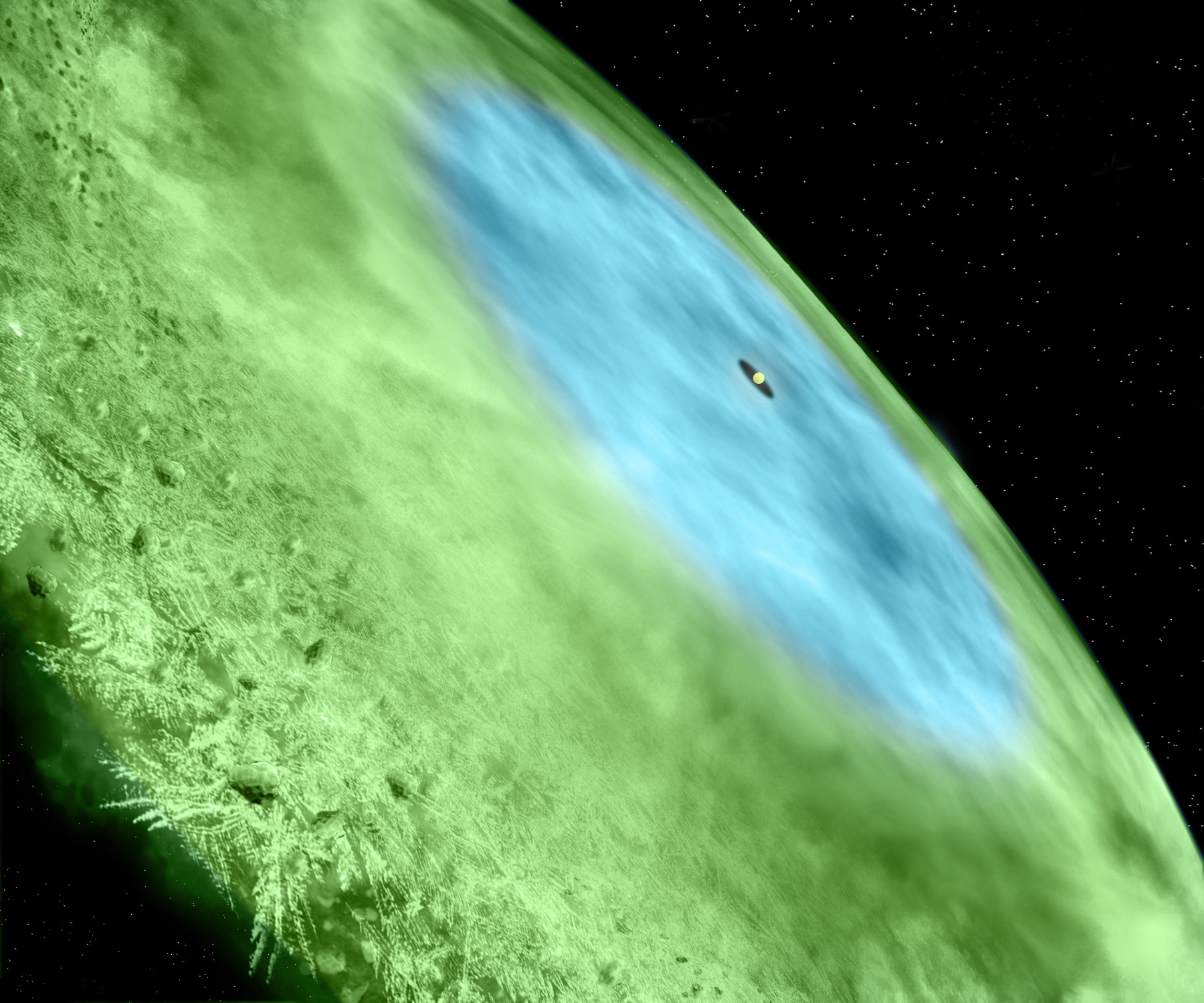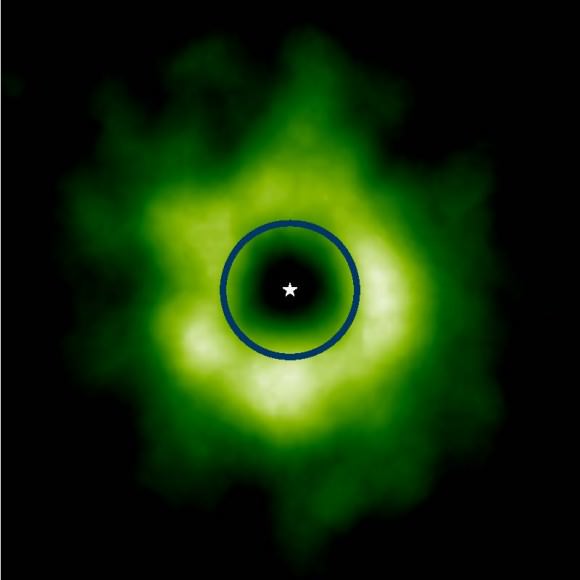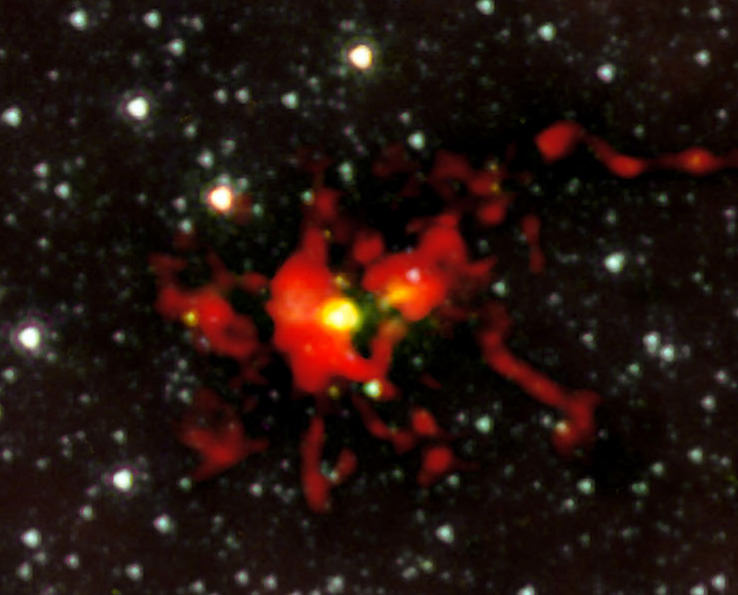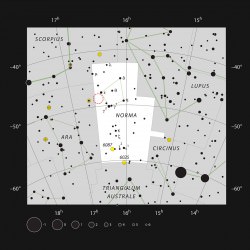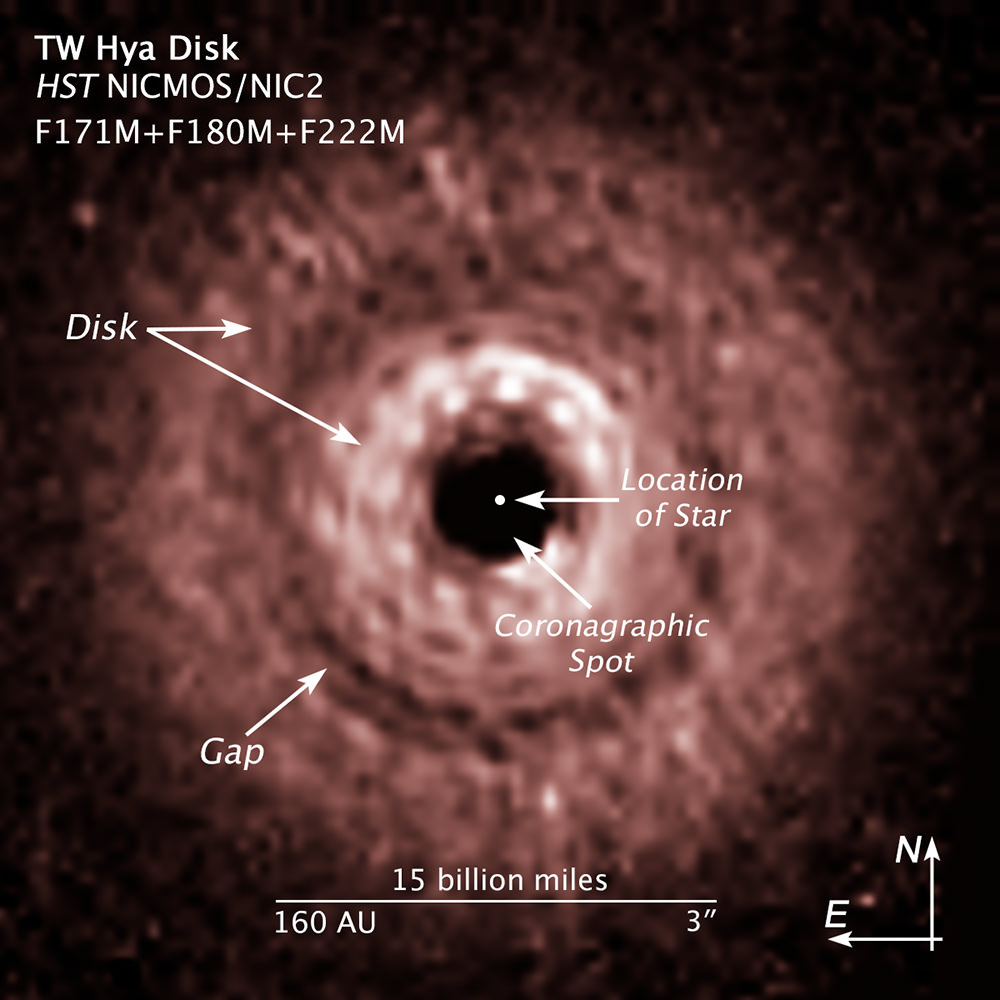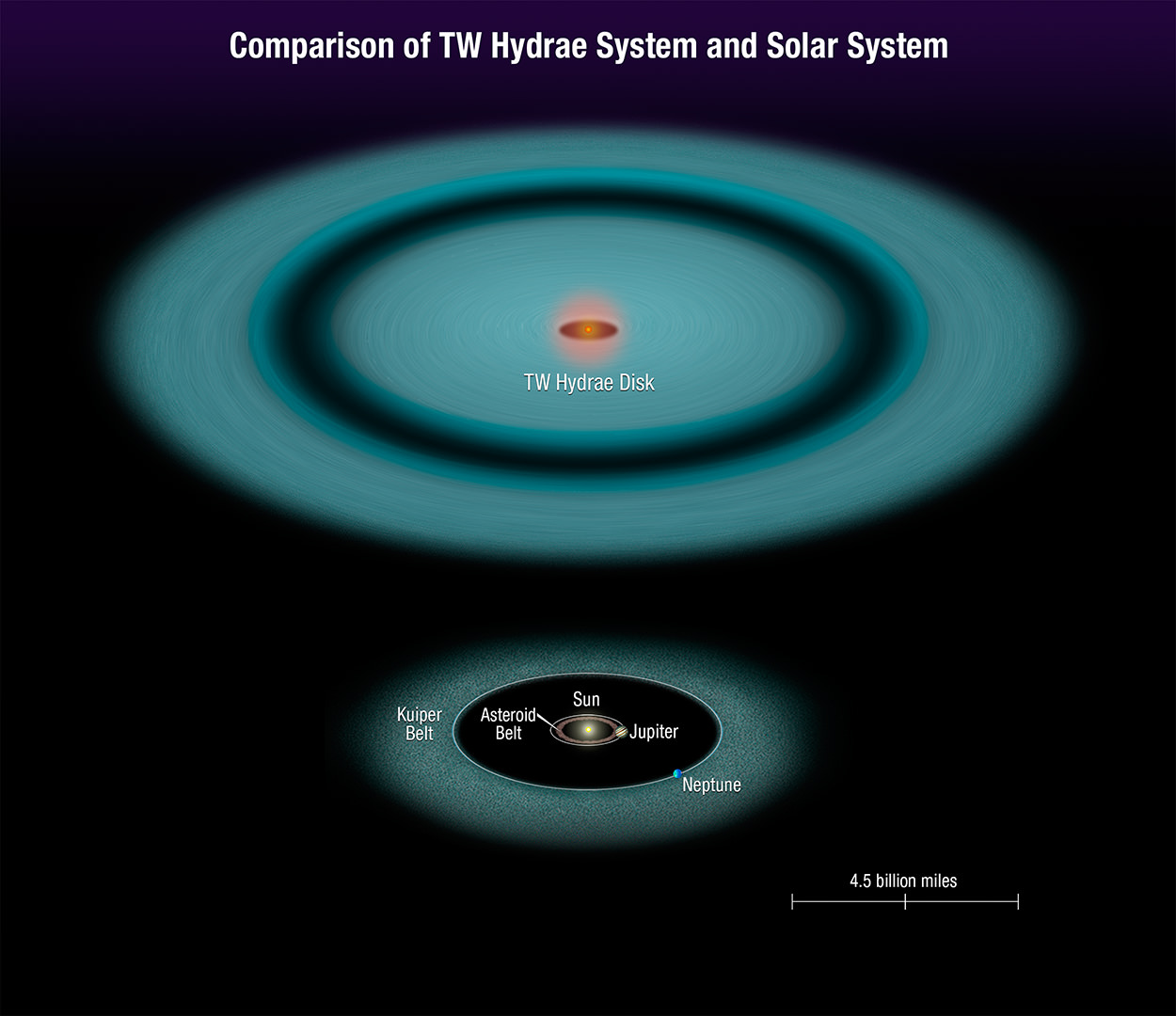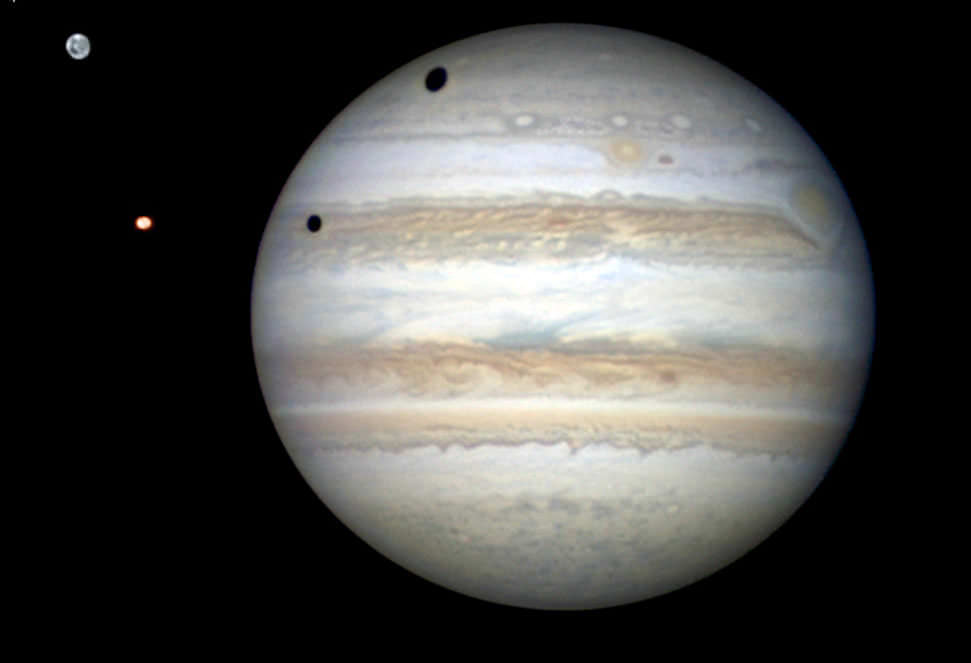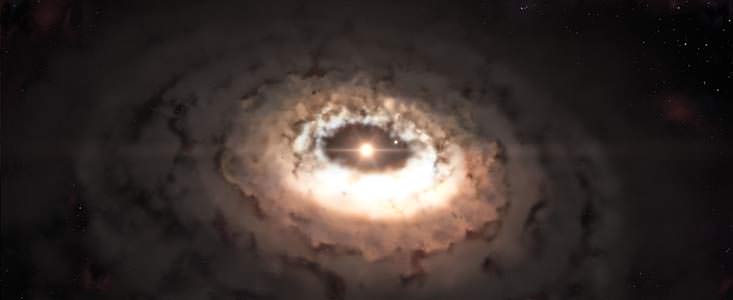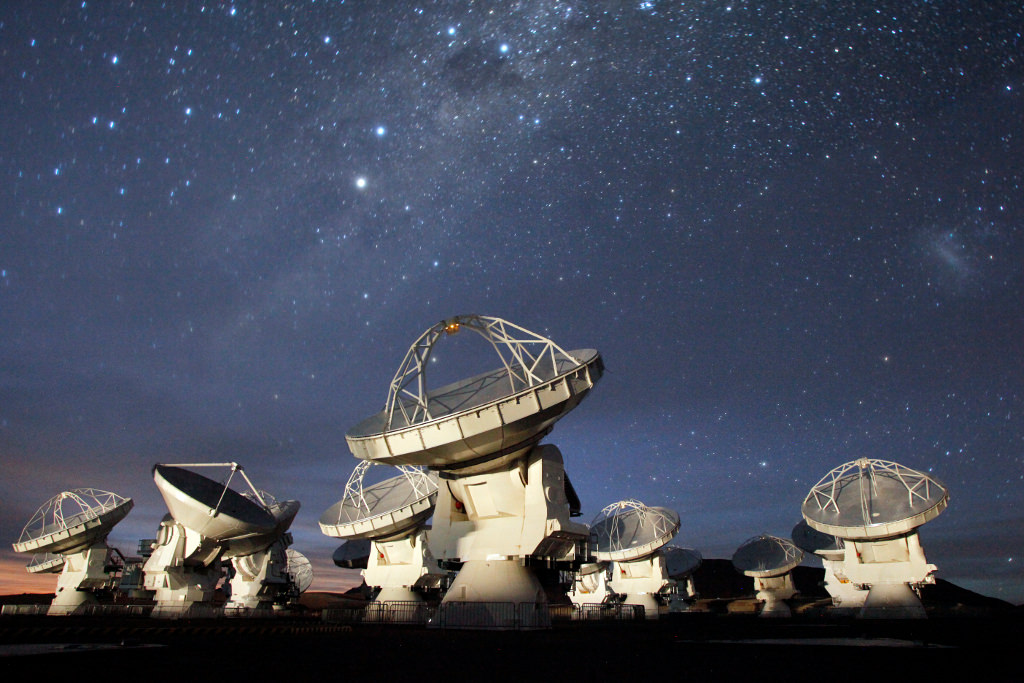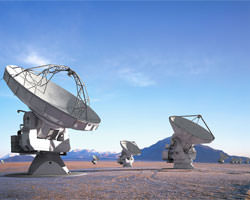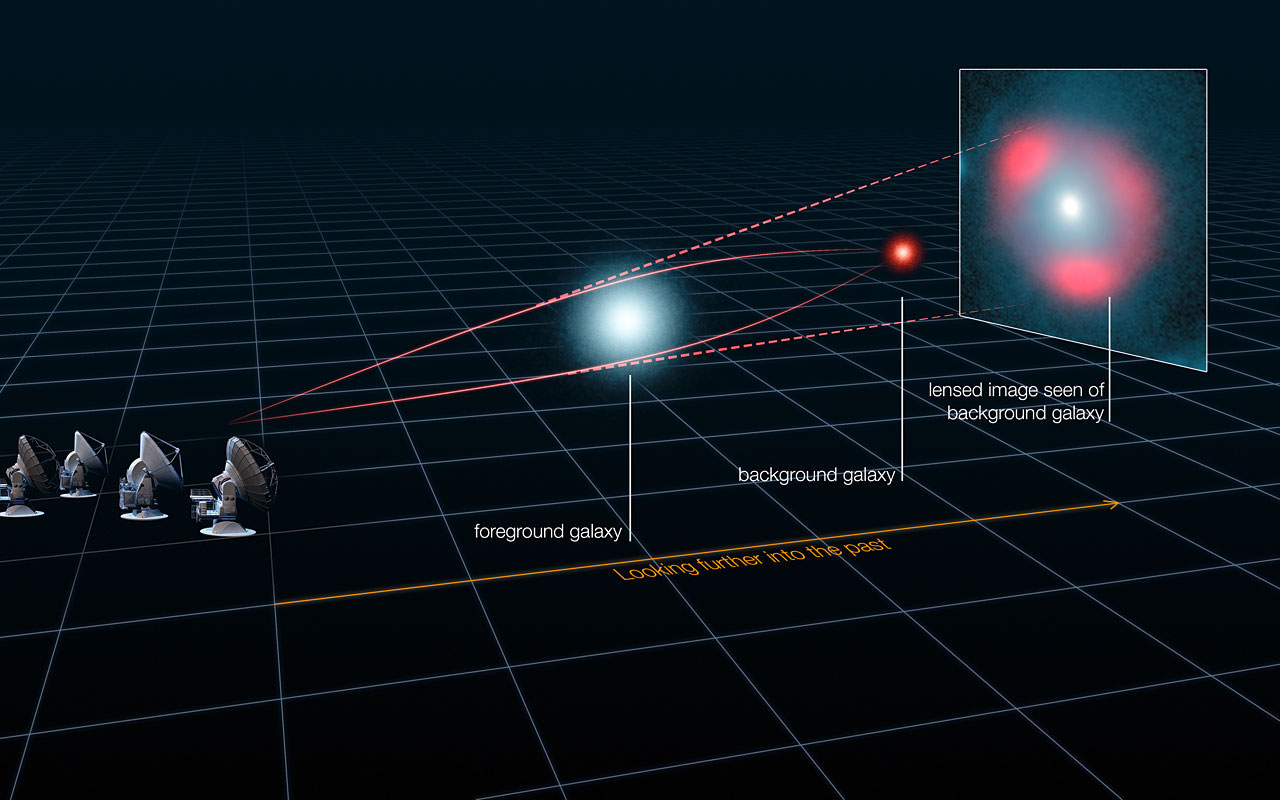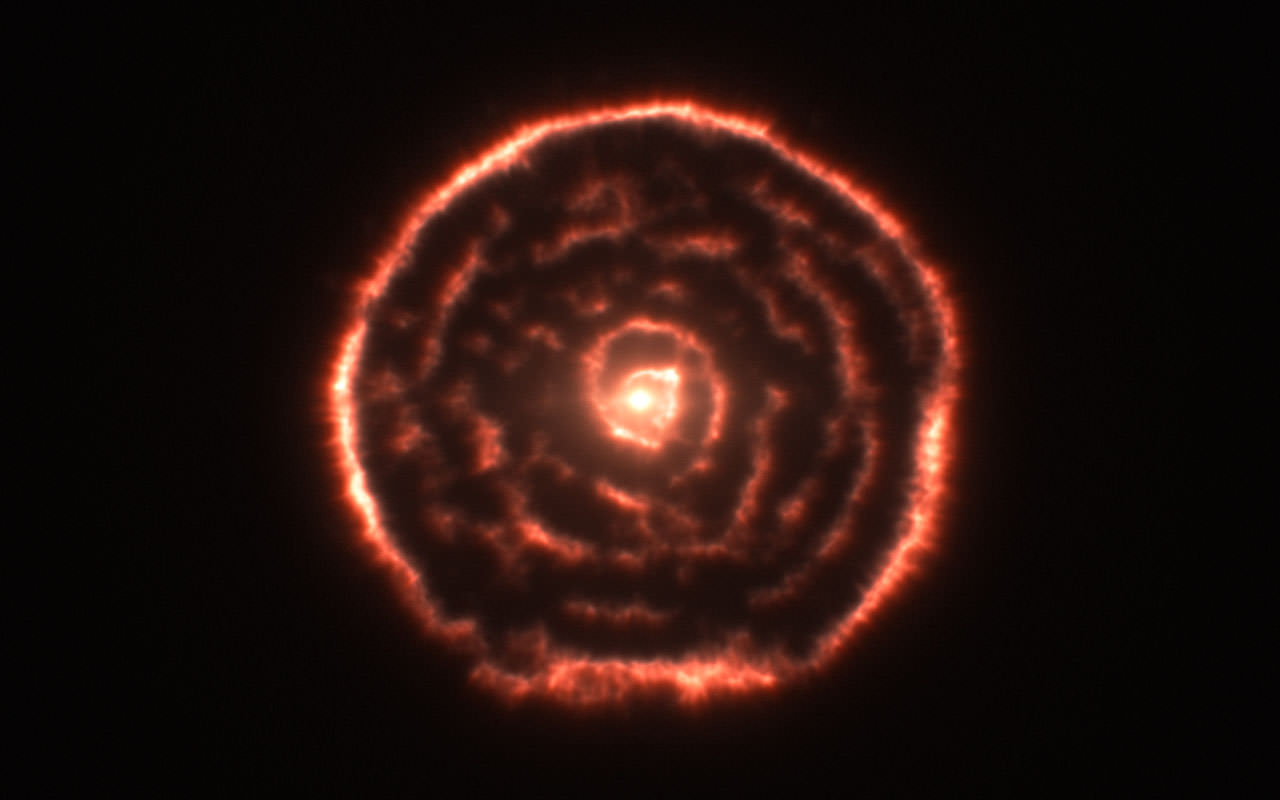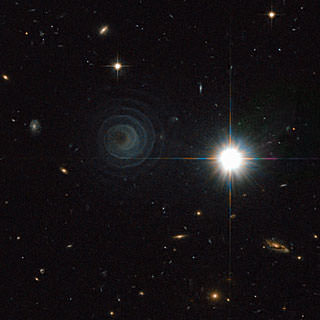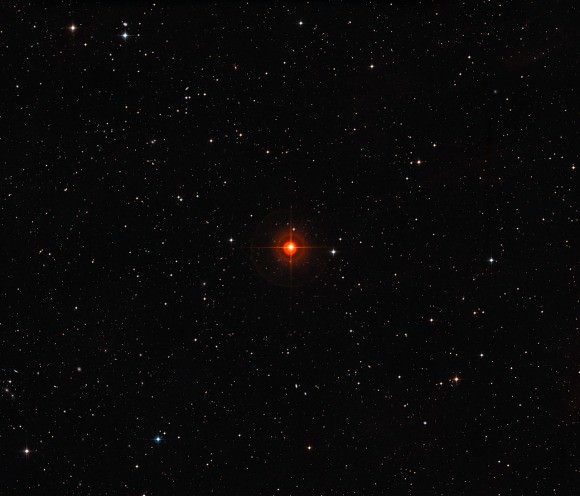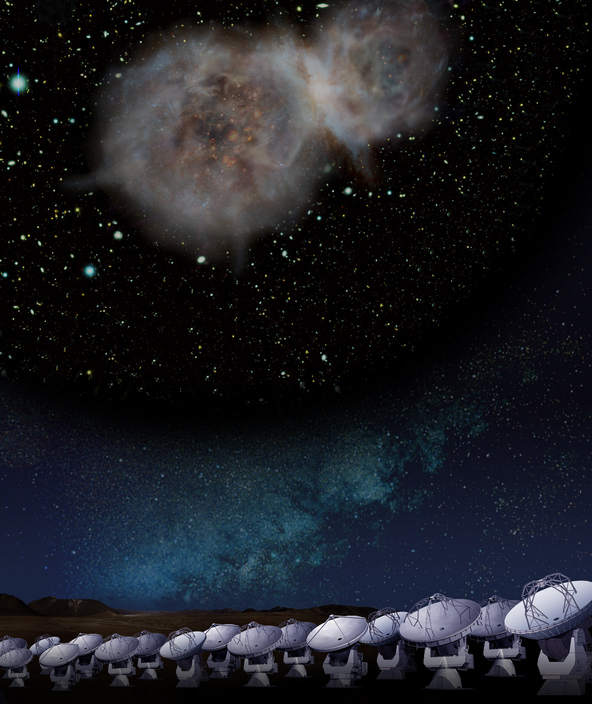Did you ever wonder what it would be like to observe what happens to a galaxy near a black hole? For all of us who remember that wonderful Disney movie, it would be a remarkable – if not hypnotic – experience. Now, thanks to the powerful observational tools of the Atacama Large Millimeter/submillimeter Array (ALMA), two international astronomy teams have had the opportunity to study the jets of black holes near their galactic cores and see just how they impact their neighborhood. The researchers have captured the best view so far of a molecular gas cloud surrounding a nearby, quiescent black hole and were gifted with a surprise look at the base of a massive jet near a distant one.
These aren’t lightweights. The black holes the astronomers are studying weigh in a several billion solar masses and make their homes at the center of nearly all the galaxies in the Universe – including the Milky Way. Once upon a time, these enigmatic galactic phenomena were busy creatures. They absorbed huge amounts of matter from their surroundings, shining like bright beacons. These early black holes thrust small amounts of the matter they took in through highly powerful jets, but their current counterparts aren’t quite as active. While things may have changed a bit with time, the correlation of black hole jets and their surroundings still play a crucial role in how galaxies evolve. In the very latest of studies, both published today in the journal Astronomy & Astrophysics, astronomers employed ALMA to investigate black hole jets at very different scales: a nearby and relatively quiet black hole in the galaxy NGC 1433 and a very distant and active object called PKS 1830-211.
“ALMA has revealed a surprising spiral structure in the molecular gas close to the center of NGC 1433,” says Françoise Combes (Observatoire de Paris, France), who is the lead author of the first paper. “This explains how the material is flowing in to fuel the black hole. With the sharp new observations from ALMA, we have discovered a jet of material flowing away from the black hole, extending for only 150 light-years. This is the smallest such molecular outflow ever observed in an external galaxy.”
Need feedback? Well, that’s exactly what this process is called. “Feedback” may enlighten us to the relationship between black hole mass and the mass of the surrounding galactic bulge. The black hole consumes gas and becomes active, but then it creates jets which purge gas from its proximity. This halts star formation and controls the growth of the central bulge. In PKS 1830-211, Ivan Marti-Vidal (Chalmers University of Technology, Onsala Space Observatory, Onsala, Sweden) and his team witnessed a supermassive black hole with a jet, “but a much brighter and more active one in the early universe. It is unusual because its brilliant light passes a massive intervening galaxy on its way to Earth, and is split into two images by gravitational lensing.”
Are supermassive black holes messy eaters? You bet. There have been occasions when a supermassive black hole will unexpectedly consume a staggering amount of mass which, in turn, turbo-charges the power of the jets and lights up the radiation output to the very pinnacle of energy output. This energy is emitted as gamma rays, the shortest wavelength and highest energy form of electromagnetic radiation. And now ALMA has, by chance, caught one of these events as it happened in PKS 1830-211.
“The ALMA observation of this case of black hole indigestion has been completely serendipitous. We were observing PKS 1830-211 for another purpose, and then we spotted subtle changes of color and intensity among the images of the gravitational lens. A very careful look at this unexpected behavior led us to the conclusion that we were observing, just by a very lucky chance, right at the time when fresh new matter entered into the jet base of the black hole,” says Sebastien Muller, a co-author of the second paper.
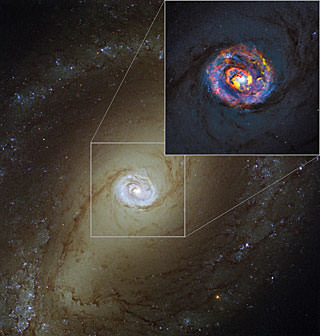
“This is the first time that such a clear connection between gamma rays and submillimeter radio waves has been established as coming from the real base of a black hole’s jet,” adds Sebastien Muller.
It isn’t the end of the story, however. It’s just the beginning. ALMA will continue to probe into the mysterious workings of supermassive black hole jets – both near and far. Combes and her investigative team are already observing close active galaxies with ALMA, and even a unique object cataloged as PKS 1830-211. The research will continue, and with it we may one day have answers to many questions.
“There is still a lot to be learned about how black holes can create these huge energetic jets of matter and radiation,” concludes Ivan Marti-Vidal. “But the new results, obtained even before ALMA was completed, show that it is a uniquely powerful tool for probing these jets — and the discoveries are just beginning!”
Original Story Source: ESO News Release.

